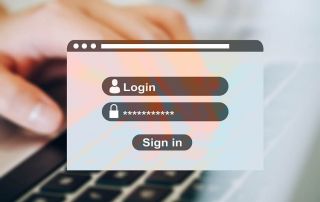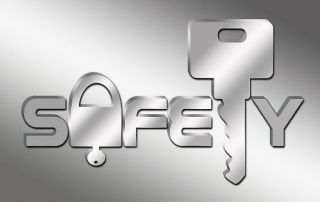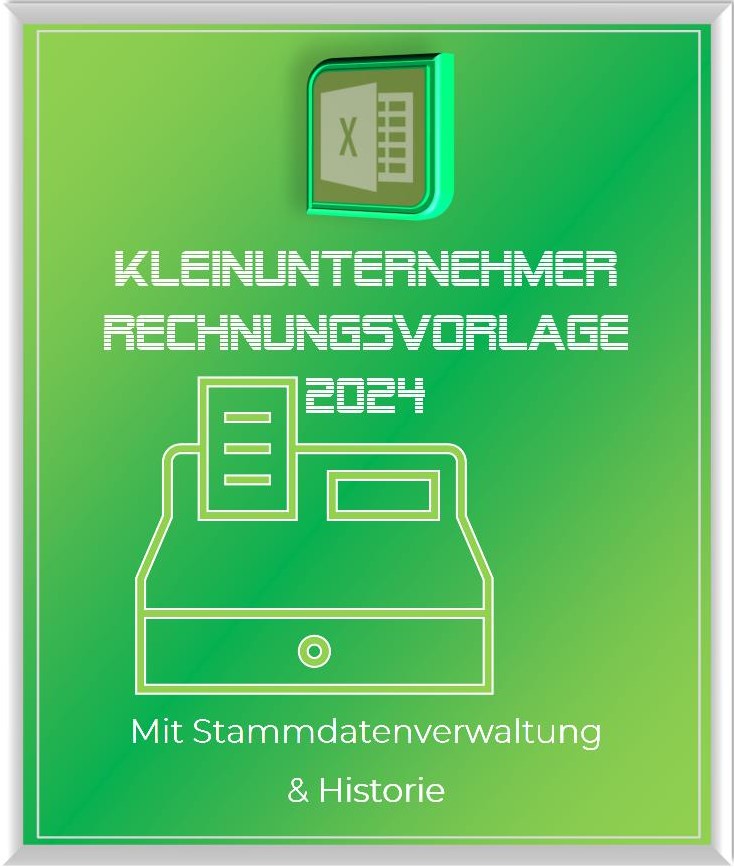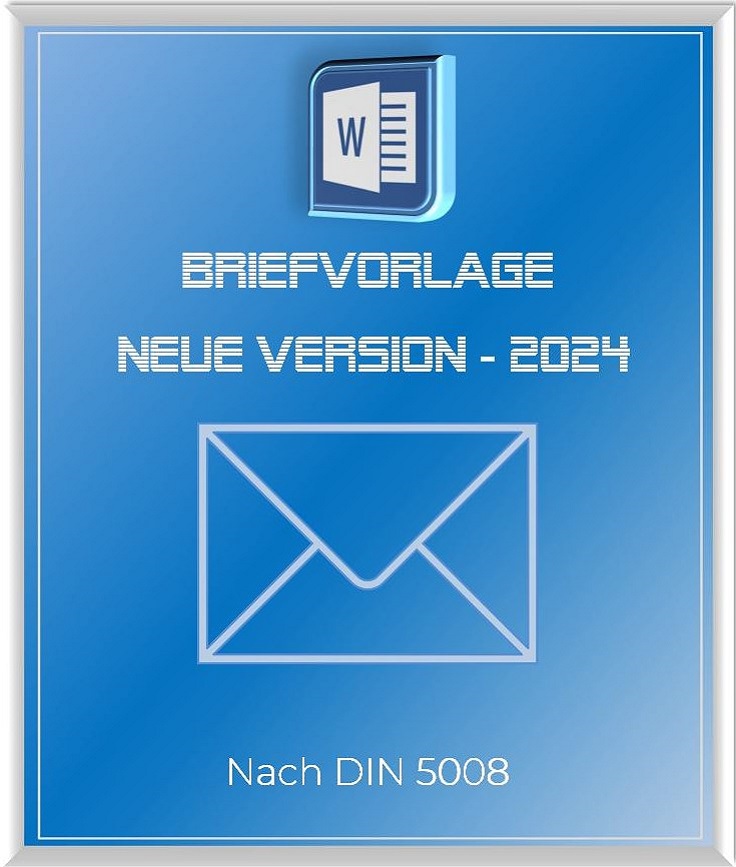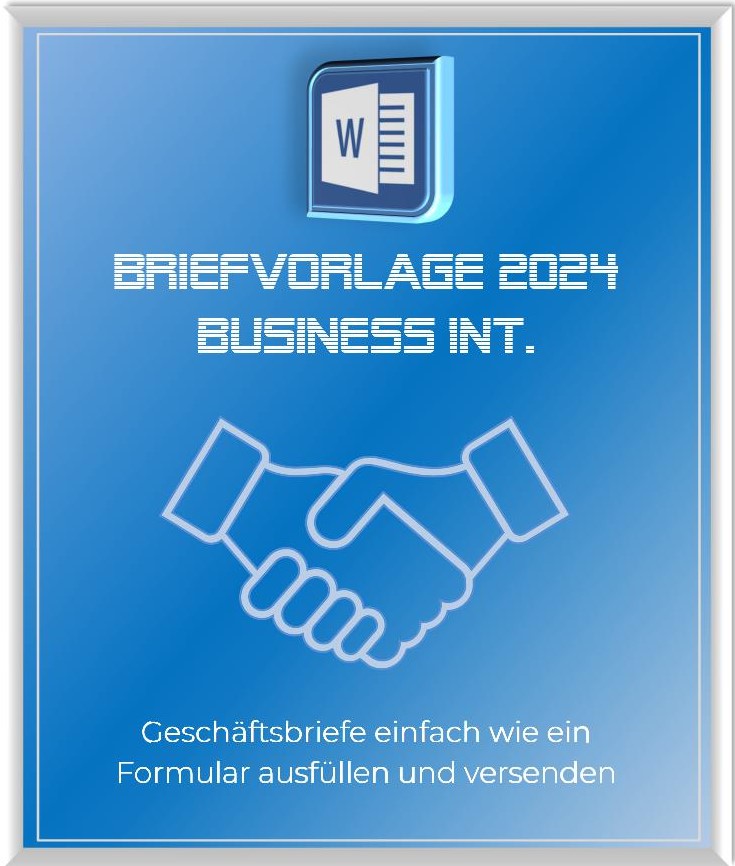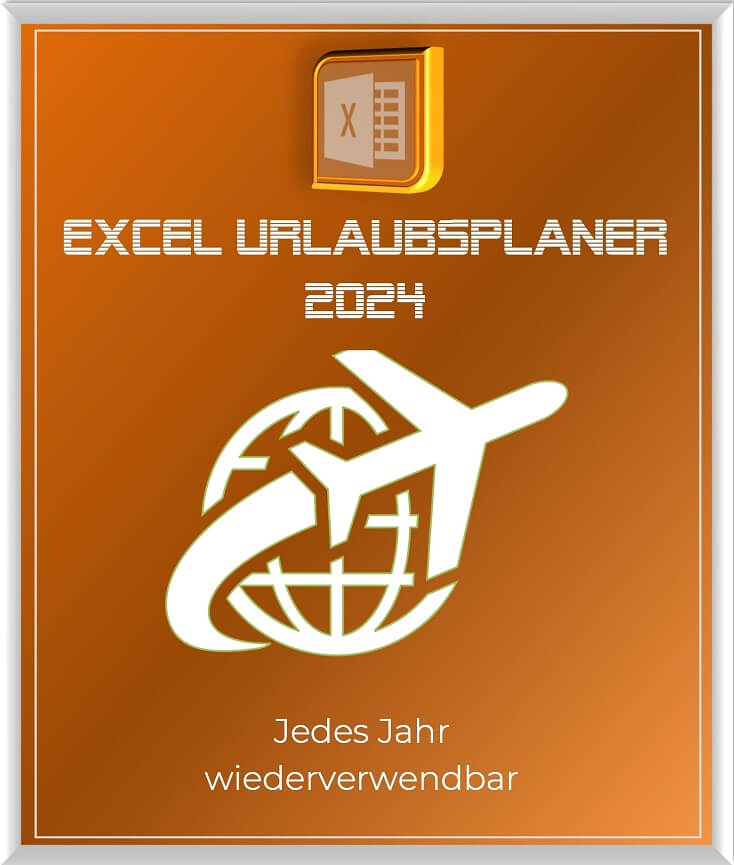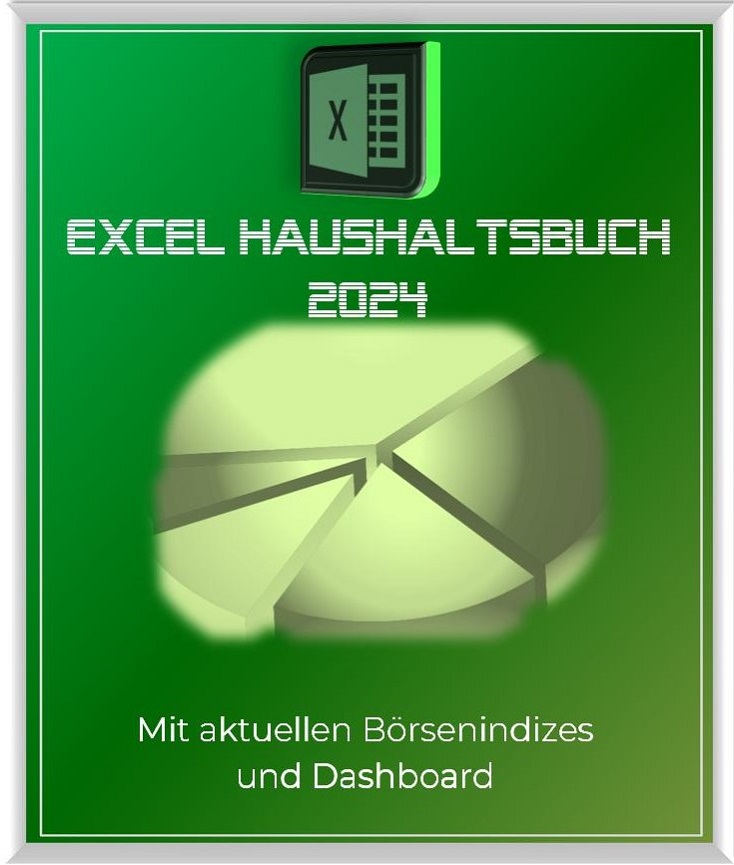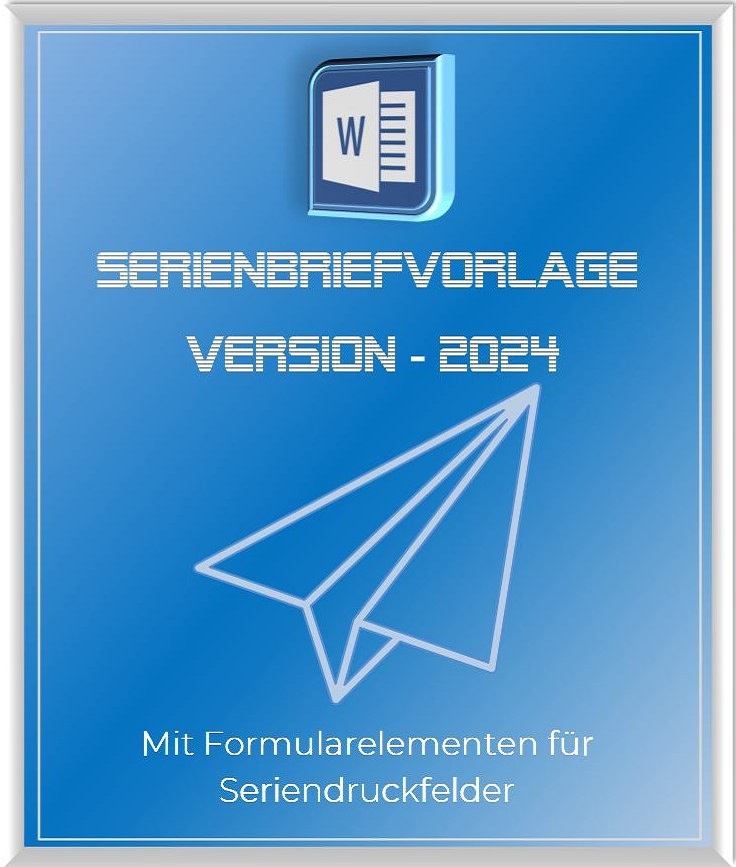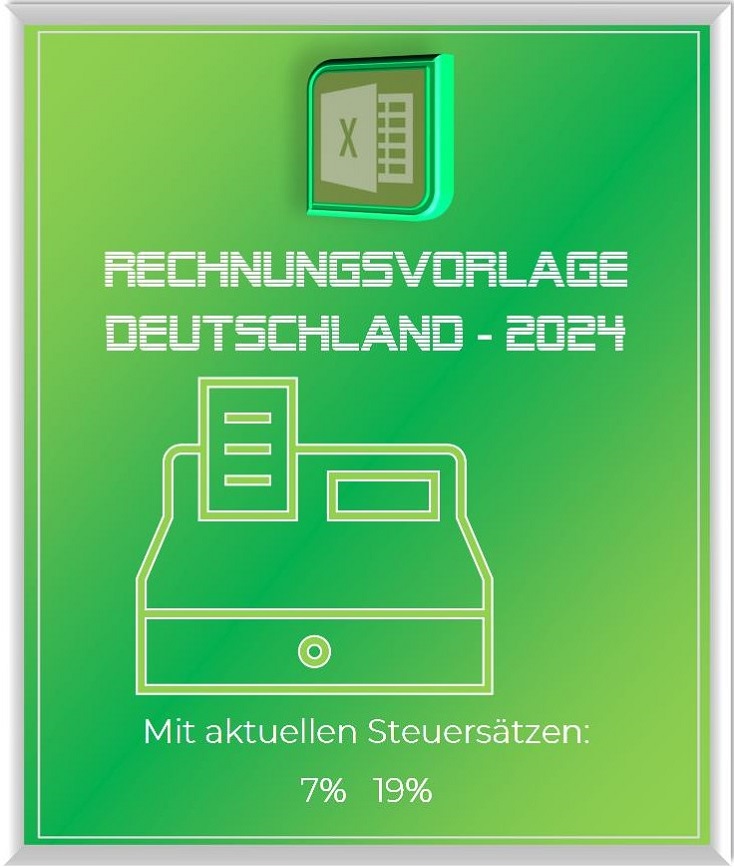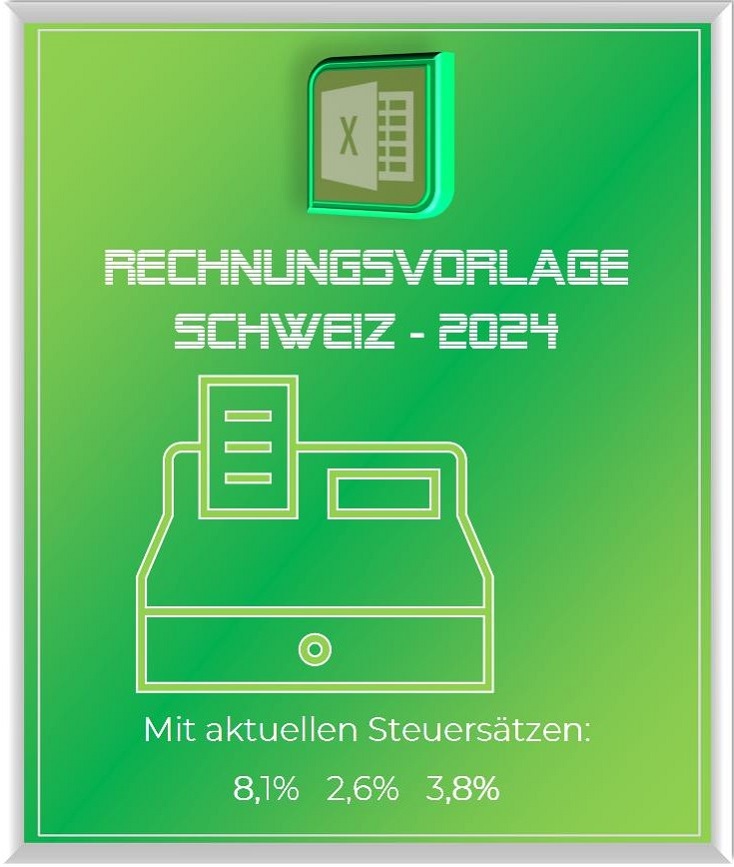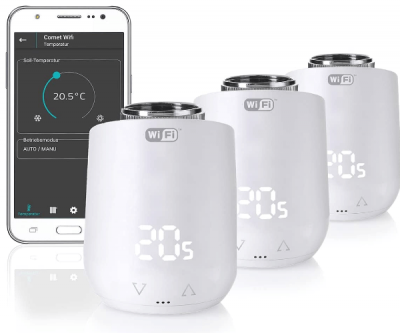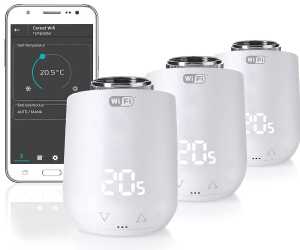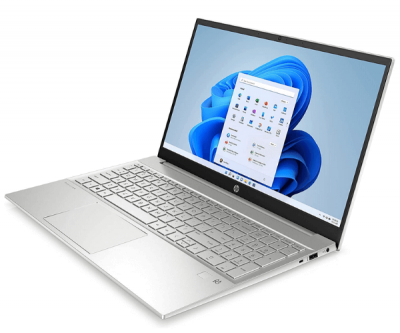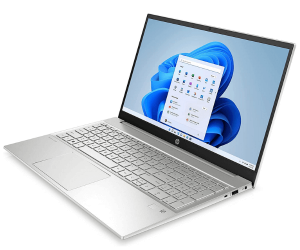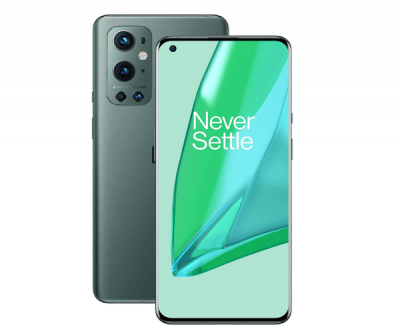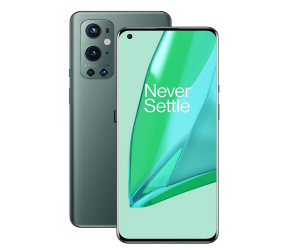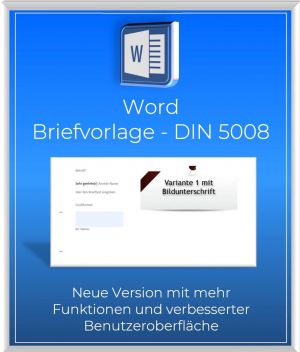Encrypt USB stick – These options are available
Encrypting a USB stick offers a number of advantages that can significantly improve your digital security and privacy. An obvious advantage is that it prevents access to your sensitive data if the stick is lost or stolen. Without the correct decryption key, the information stored on it is practically unreadable and therefore useless to third parties. This can be especially useful if you store personal information, financial data, or business documents on your USB sticks.
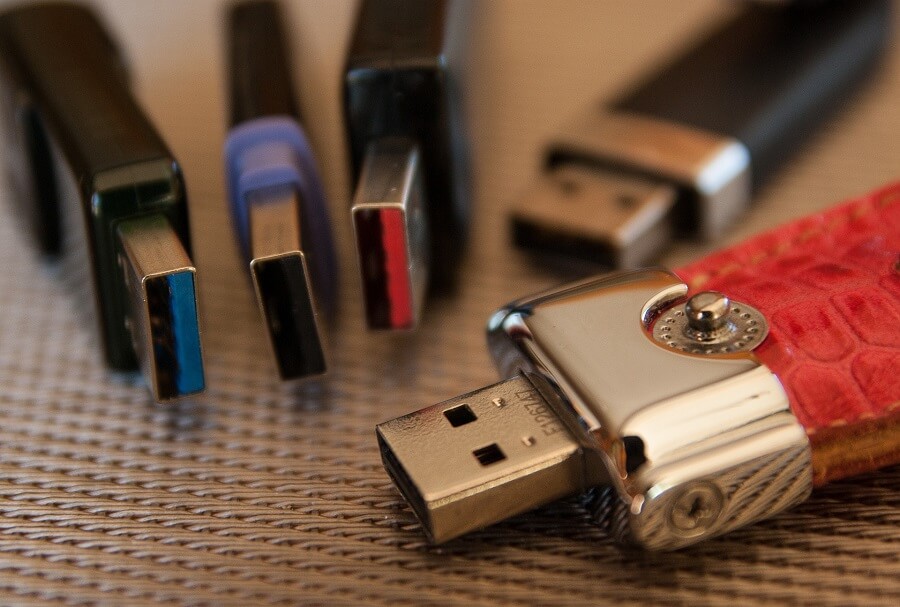
In addition, encryption also allows for more secure data transmission. When you transmit encrypted data over public or unsecured networks, it is safe from potential interference. Even if the data is intercepted, it is unreadable without the correct key. In the following article you can read about the options for encrypting the data on your USB stick.
Encrypt USB stick – These options are available
Encrypting a USB stick offers a number of advantages that can significantly improve your digital security and privacy. An obvious advantage is that it prevents access to your sensitive data if the stick is lost or stolen. Without the correct decryption key, the information stored on it is practically unreadable and therefore useless to third parties. This can be especially useful if you store personal information, financial data, or business documents on your USB sticks.

In addition, encryption also allows for more secure data transmission. When you transmit encrypted data over public or unsecured networks, it is safe from potential interference. Even if the data is intercepted, it is unreadable without the correct key. In the following article you can read about the options for encrypting the data on your USB stick.
Encryption by built-in software
Encryption by built-in software
Many modern USB sticks come with built-in encryption software. Manufacturers such as SanDisk and Kingston offer models that use robust AES 256-bit encryption. These sticks usually require a password to unlock them, providing a simple and effective way to protect your data.
- Setting up is mostly uncomplicated. Connect the stick to your computer, start the pre-installed software and set a secure password. Please note, however, that some models erase the contents of the USB stick if you enter too many incorrect passwords to prevent data misuse.
- The quality of the built-in software varies, however. Some are easier to use and more reliable than others. So read reviews and check specs before you buy.
Although encryption is easy and convenient with the built-in software, these USB sticks are often more expensive than non-encrypted models. Therefore, this method may not be suitable for every user and especially for all types of data. However, if the data is sensitive, such an investment definitely makes sense.
Many modern USB sticks come with built-in encryption software. Manufacturers such as SanDisk and Kingston offer models that use robust AES 256-bit encryption. These sticks usually require a password to unlock them, providing a simple and effective way to protect your data.
- Setting up is mostly uncomplicated. Connect the stick to your computer, start the pre-installed software and set a secure password. Please note, however, that some models erase the contents of the USB stick if you enter too many incorrect passwords to prevent data misuse.
- The quality of the built-in software varies, however. Some are easier to use and more reliable than others. So read reviews and check specs before you buy.
Although encryption is easy and convenient with the built-in software, these USB sticks are often more expensive than non-encrypted models. Therefore, this method may not be suitable for every user and especially for all types of data. However, if the data is sensitive, such an investment definitely makes sense.
Use of Operating System Features
Use of Operating System Features
Some operating systems offer built-in functions for encrypting USB sticks. For example, Windows offers BitLocker, and MacOS has the FileVault feature. Both are strong and reliable encryption methods that are easy to use.
- BitLocker is included in the Professional and Enterprise versions of Windows. You can turn it on by right-clicking on the USB stick and selecting “Turn on BitLocker”. After setting a password, your USB stick will be encrypted.
- On a Mac, you can use FileVault by clicking on “System Preferences”, then “Security & Privacy” and finally on “FileVault”. From there you can activate the encryption for your USB stick.
We have put together instructions for both systems for you below.
Instructions for Bitlocker (Windows)
Connect USB stick: Connect your USB stick to a free USB port on your Windows computer. Wait for the computer to recognize the USB stick and make it available.
- Start BitLocker: Click the “Start” button in the lower-left corner of your screen or press the Windows key on your keyboard. Type “BitLocker” in the search bar and select “BitLocker Drive Encryption” from the search results.
- Select a USB stick: In the BitLocker interface you will see a list of all drives on your computer, including your USB stick. Select your USB stick from the list.
- Turn on BitLocker: Click on “Turn on BitLocker” next to the USB stick. The process of encrypting the USB stick begins.
- Enter Password: You will be prompted to enter a password. This password will be used to unlock your USB stick. Enter a strong password and click Next.
- Save recovery key: You will be prompted to save your recovery key. This key can be used to unlock your USB stick in case you forget your password. You can print the key, save it to a file, or save it to your Microsoft account. Select an option and click Next.
- Select encryption mode: Choose between “Encrypt entire drive” and “Encrypt only used disk space”. The former encrypts the entire USB drive, while the latter only encrypts the data that is already present on the USB drive. Select the option you want and click Next.
- Start encryption: Click “Start encryption” and BitLocker will start encrypting your USB stick. Depending on the size of the USB stick, this may take some time.
Once the encryption is complete, your USB stick is safe. Every time you connect it to a computer, you’ll be asked to enter your BitLocker password.
FileVault (Mac OS) Instructions
Unfortunately, FileVault cannot be used directly to encrypt a USB stick. But there is another method built into macOS that can be used to encrypt USB sticks: the Disk Utility feature.
- Plug your USB drive into the Mac. It should be automatically detected and appear in the Finder under Devices.
- Open Disk Utility. You can do this by clicking the Spotlight icon (the magnifying glass in the upper-right corner of the screen) and typing “Disk Utility”.
- Select the USB stick from the list on the left. Be sure to select the device itself, not one of the underlying partitions.
- Click “Erase”. WARNING: This will erase all data on the USB drive. Make sure you have backed up all important data before proceeding.
- In the Format field, select “Mac OS Extended (Journaled, Encrypted)”. Enter a name for the USB stick.
- Click Delete.
- Enter a password. You will be asked to enter a password that is needed to access the USB stick. Make sure you keep this password safe – if you forget it, there is no way to access the encrypted data.
- Wait for the process to complete. Erasing and encrypting the USB stick may take a few minutes, depending on its size.
Once the process is complete, your USB stick is encrypted. Every time you connect it to a Mac, you have to enter the password to access it.
Some operating systems offer built-in functions for encrypting USB sticks. For example, Windows offers BitLocker, and MacOS has the FileVault feature. Both are strong and reliable encryption methods that are easy to use.
- BitLocker is included in the Professional and Enterprise versions of Windows. You can turn it on by right-clicking on the USB stick and selecting “Turn on BitLocker”. After setting a password, your USB stick will be encrypted.
- On a Mac, you can use FileVault by clicking on “System Preferences”, then “Security & Privacy” and finally on “FileVault”. From there you can activate the encryption for your USB stick.
We have put together instructions for both systems for you below.
Instructions for Bitlocker (Windows)
Connect USB stick: Connect your USB stick to a free USB port on your Windows computer. Wait for the computer to recognize the USB stick and make it available.
- Start BitLocker: Click the “Start” button in the lower-left corner of your screen or press the Windows key on your keyboard. Type “BitLocker” in the search bar and select “BitLocker Drive Encryption” from the search results.
- Select a USB stick: In the BitLocker interface you will see a list of all drives on your computer, including your USB stick. Select your USB stick from the list.
- Turn on BitLocker: Click on “Turn on BitLocker” next to the USB stick. The process of encrypting the USB stick begins.
- Enter Password: You will be prompted to enter a password. This password will be used to unlock your USB stick. Enter a strong password and click Next.
- Save recovery key: You will be prompted to save your recovery key. This key can be used to unlock your USB stick in case you forget your password. You can print the key, save it to a file, or save it to your Microsoft account. Select an option and click Next.
- Select encryption mode: Choose between “Encrypt entire drive” and “Encrypt only used disk space”. The former encrypts the entire USB drive, while the latter only encrypts the data that is already present on the USB drive. Select the option you want and click Next.
- Start encryption: Click “Start encryption” and BitLocker will start encrypting your USB stick. Depending on the size of the USB stick, this may take some time.
Once the encryption is complete, your USB stick is safe. Every time you connect it to a computer, you’ll be asked to enter your BitLocker password.
FileVault (Mac OS) Instructions
Unfortunately, FileVault cannot be used directly to encrypt a USB stick. But there is another method built into macOS that can be used to encrypt USB sticks: the Disk Utility feature.
- Plug your USB drive into the Mac. It should be automatically detected and appear in the Finder under Devices.
- Open Disk Utility. You can do this by clicking the Spotlight icon (the magnifying glass in the upper-right corner of the screen) and typing “Disk Utility”.
- Select the USB stick from the list on the left. Be sure to select the device itself, not one of the underlying partitions.
- Click “Erase”. WARNING: This will erase all data on the USB drive. Make sure you have backed up all important data before proceeding.
- In the Format field, select “Mac OS Extended (Journaled, Encrypted)”. Enter a name for the USB stick.
- Click Delete.
- Enter a password. You will be asked to enter a password that is needed to access the USB stick. Make sure you keep this password safe – if you forget it, there is no way to access the encrypted data.
- Wait for the process to complete. Erasing and encrypting the USB stick may take a few minutes, depending on its size.
Once the process is complete, your USB stick is encrypted. Every time you connect it to a Mac, you have to enter the password to access it.
Use of Third-Party Software
Use of Third-Party Software
There are numerous third-party software solutions that offer USB flash drive encryption. Examples include VeraCrypt and AxCrypt. These programs usually offer strong encryption and the flexibility to work on different operating systems.
Top 5 Encryption Software Candidates
No. 1 #VeraCrypt. VeraCrypt is the spiritual successor of TrueCrypt and is free, open source encryption software. It supports a variety of encryption standards and is highly customizable, although it can be a bit complex for beginners.
No. 2 #Rohos Mini Drive. Rohos is an easy-to-use option that specifically developed for encrypting USB sticks. The free version allows encrypting up to 8GB on a USB stick, while the paid version allows unlimited encryption.
No. 3 #AxCrypt. AxCrypt is another open source option, which offers strong encryption. It is easy to use and allows encrypting individual files or entire drives. There is both a free and premium version.
No. 4 #USB Safeguard USB Safeguard is a portable encryption software specially developed for USB sticks. The software uses the AES 256-bit encryption standard, which is considered very secure. A special feature of USB Safeguard is that there are no traces on it the system used, since it runs directly from the USB stick. There is a free version that can be used for USB sticks up to 4 GB. The full version is paid, but has no restrictions on the size of the USB stick. Please note that you should not forget the password as there is no way to recover it.
No. 5 #DiskCryptor. DiskCryptor is another free and open source encryption software. It’s less well-known than some of the others on this list, but offers strong encryption and a wide range of features.
Remember that encryption is only as strong as the password you choose. Make sure you choose a strong, unique password for each encrypted USB stick to maximize security.
There are numerous third-party software solutions that offer USB flash drive encryption. Examples include VeraCrypt and AxCrypt. These programs usually offer strong encryption and the flexibility to work on different operating systems.
Top 5 Encryption Software Candidates
No. 1 #VeraCrypt. VeraCrypt is the spiritual successor of TrueCrypt and is free, open source encryption software. It supports a variety of encryption standards and is highly customizable, although it can be a bit complex for beginners.
No. 2 #Rohos Mini Drive. Rohos is an easy-to-use option that specifically developed for encrypting USB sticks. The free version allows encrypting up to 8GB on a USB stick, while the paid version allows unlimited encryption.
No. 3 #AxCrypt. AxCrypt is another open source option, which offers strong encryption. It is easy to use and allows encrypting individual files or entire drives. There is both a free and premium version.
No. 4 #USB Safeguard USB Safeguard is a portable encryption software specially developed for USB sticks. The software uses the AES 256-bit encryption standard, which is considered very secure. A special feature of USB Safeguard is that there are no traces on it the system used, since it runs directly from the USB stick. There is a free version that can be used for USB sticks up to 4 GB. The full version is paid, but has no restrictions on the size of the USB stick. Please note that you should not forget the password as there is no way to recover it.
No. 5 #DiskCryptor. DiskCryptor is another free and open source encryption software. It’s less well-known than some of the others on this list, but offers strong encryption and a wide range of features.
Remember that encryption is only as strong as the password you choose. Make sure you choose a strong, unique password for each encrypted USB stick to maximize security.
USB stick hardware encryption
USB stick hardware encryption
There are various manufacturers that offer USB sticks with hardware encryption. These USB sticks offer a high level of security and can help protect your data from unauthorized access.
No. 1 #Kingston: Kingston is a well-known manufacturer of USB flash drives and other storage devices. They offer various models of USB flash drives with hardware encryption, such as the Kingston DataTraveler and IronKey series.
No. 2 #Sandisk: Sandisk is another popular storage device manufacturer. They also offer USB sticks with hardware encryption, for example the Sandisk SecureAccess series.
No. 3 #Apricorn: Apricorn specializes in secure storage solutions and offers various models of USB sticks with hardware encryption, including the Aegis Secure Key series.
No. 4 #Verbatim: Verbatim also offers USB sticks with hardware encryption. Your Store ‘n’ Go Secure Pro USB sticks offer both encryption and password protection.
No. 5 #iStorage: iStorage is well known for their datAshur range of USB sticks which offer PIN protected hardware encryption.
When buying a USB flash drive with hardware encryption, it is important to look not only at the price but also at the specifications and security features. Also, check if the device is certified to industry standards like FIPS 140-2, which is a measure of the quality of encryption. And as with all devices, remember to back up your data regularly.
There are various manufacturers that offer USB sticks with hardware encryption. These USB sticks offer a high level of security and can help protect your data from unauthorized access.
No. 1 #Kingston: Kingston is a well-known manufacturer of USB flash drives and other storage devices. They offer various models of USB flash drives with hardware encryption, such as the Kingston DataTraveler and IronKey series.
No. 2 #Sandisk: Sandisk is another popular storage device manufacturer. They also offer USB sticks with hardware encryption, for example the Sandisk SecureAccess series.
No. 3 #Apricorn: Apricorn specializes in secure storage solutions and offers various models of USB sticks with hardware encryption, including the Aegis Secure Key series.
No. 4 #Verbatim: Verbatim also offers USB sticks with hardware encryption. Your Store ‘n’ Go Secure Pro USB sticks offer both encryption and password protection.
No. 5 #iStorage: iStorage is well known for their datAshur range of USB sticks which offer PIN protected hardware encryption.
When buying a USB flash drive with hardware encryption, it is important to look not only at the price but also at the specifications and security features. Also, check if the device is certified to industry standards like FIPS 140-2, which is a measure of the quality of encryption. And as with all devices, remember to back up your data regularly.
Popular Posts
Integrate and use ChatGPT in Excel – is that possible?
ChatGPT is more than just a simple chatbot. Learn how it can revolutionize how you work with Excel by translating formulas, creating VBA macros, and even promising future integration with Office.
A turning point in EU policy on regulating AI
The EU's AI Act represents a historic step forward in the regulation of artificial intelligence. With strict guidelines for high-risk applications, it paves the way for safe and responsible AI innovation on a global scale.
The most important cookie settings in Google Chrome
Find out all about the latest cookie settings in Google Chrome. From third-party cookie blocking to SameSite attributes, we cover the most important updates for your online security and privacy.
QR code scams and how to protect yourself
Cybercriminals use fake QR codes to link to malicious websites or distribute malware. Protect yourself by checking the source, using previews and keeping your smartphone up to date. Be vigilant and enjoy digital conveniences safely.
Start Windows without password – How it works
Starting Windows without a password can be useful if your computer is protected from unauthorized access at home. There is no need to change your password either.
The best backup solutions for your data
Keep your data safe and secure! Discover our best backup solutions for your valuable information now. Because safety is the be-all and end-all - and we have the perfect tips.
Popular Posts
Integrate and use ChatGPT in Excel – is that possible?
ChatGPT is more than just a simple chatbot. Learn how it can revolutionize how you work with Excel by translating formulas, creating VBA macros, and even promising future integration with Office.
A turning point in EU policy on regulating AI
The EU's AI Act represents a historic step forward in the regulation of artificial intelligence. With strict guidelines for high-risk applications, it paves the way for safe and responsible AI innovation on a global scale.
The most important cookie settings in Google Chrome
Find out all about the latest cookie settings in Google Chrome. From third-party cookie blocking to SameSite attributes, we cover the most important updates for your online security and privacy.
QR code scams and how to protect yourself
Cybercriminals use fake QR codes to link to malicious websites or distribute malware. Protect yourself by checking the source, using previews and keeping your smartphone up to date. Be vigilant and enjoy digital conveniences safely.
Start Windows without password – How it works
Starting Windows without a password can be useful if your computer is protected from unauthorized access at home. There is no need to change your password either.
The best backup solutions for your data
Keep your data safe and secure! Discover our best backup solutions for your valuable information now. Because safety is the be-all and end-all - and we have the perfect tips.






